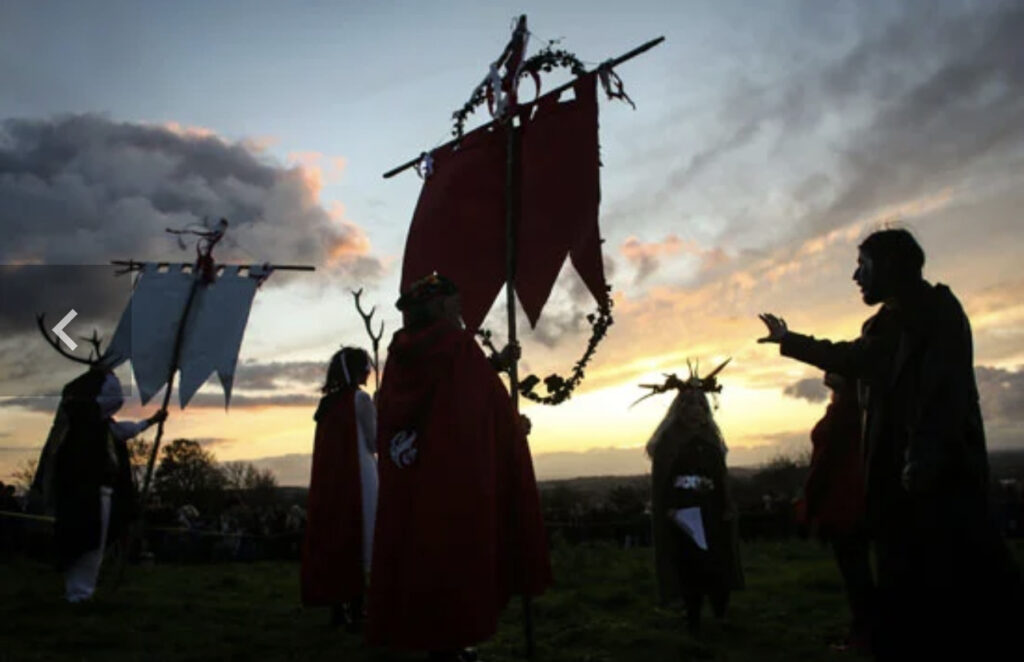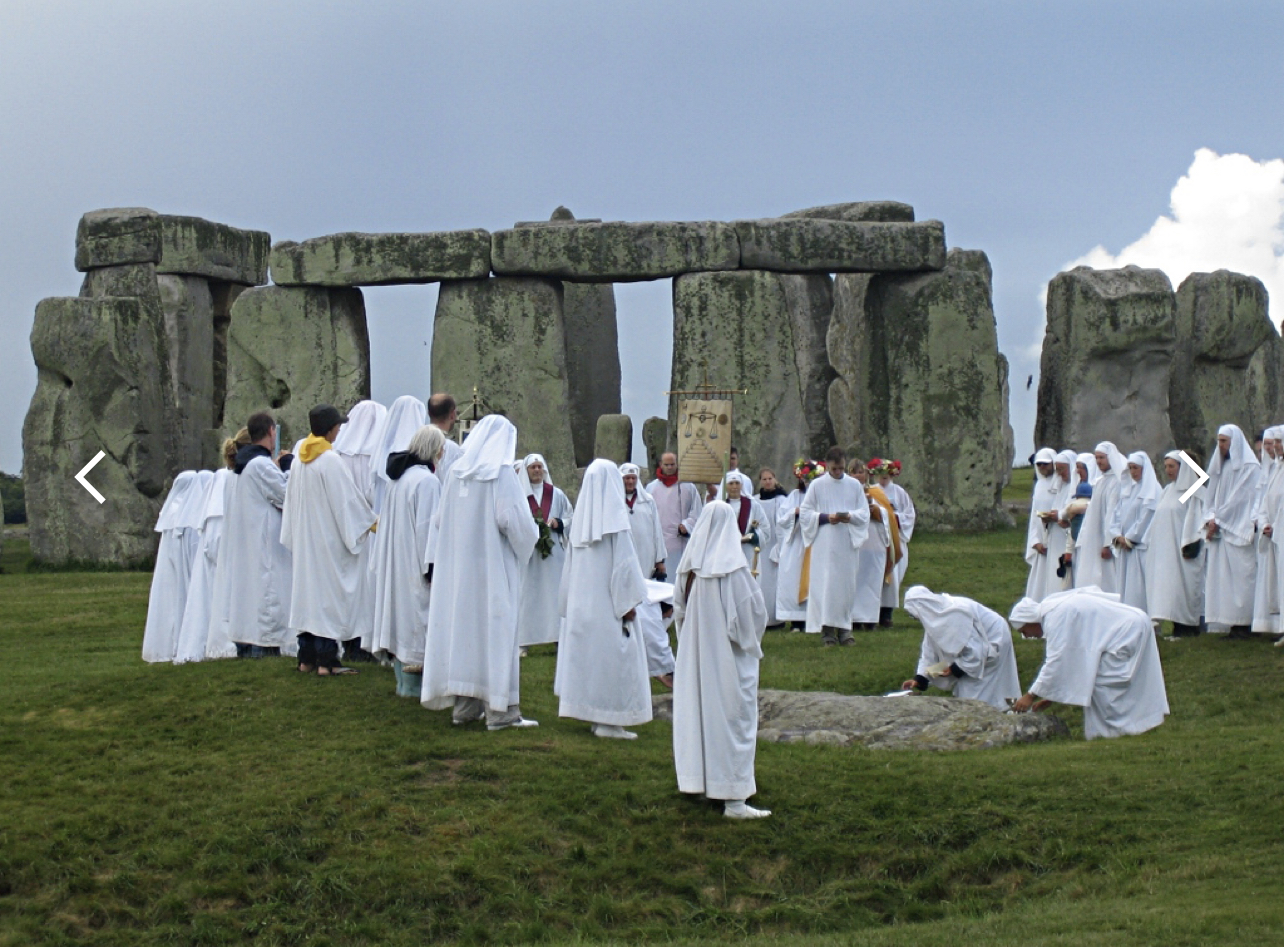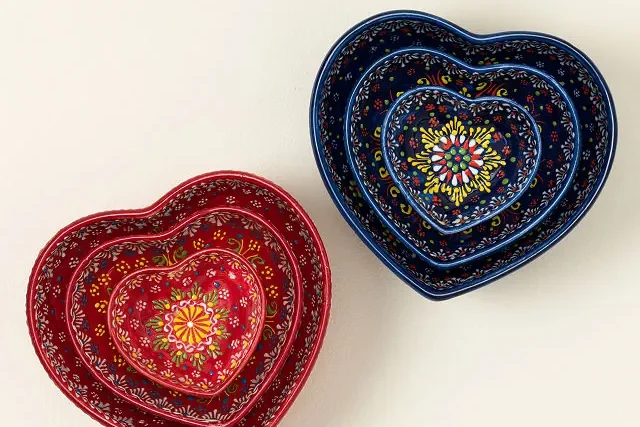Organized religion is declining in the United States. Data shows that young people are to blame for this tendency. According to statistics, millennials are likely to leave the monotheistic (belief in one, often male god) that they were introduced to children in favor of more self-determined, spiritual routes during their adolescence and early twenties.Along with this loss, there is solid evidence that, as monotheism declines, an increasing proportion of religious and non-religious young people identify as pagans.
Pagan – or neopagan – refers to a wide range of practices, ways, and traditions, including (but not limited to) Druidry, Heathenry, Hellenism, Wicca, and witchcraft (note: not all witches identify as pagan, and not all pagans are witches). Pagan pathways are frequently polytheistic (revering several deities of differing genders) and matrifocal, privileging the divine feminine, whereas monotheistic global religions worship a single, male, father-figure god. It’s no surprise that witchcraft is experiencing a renaissance among feminists and activists. Witchcraft, or “liberation spirituality,” is particularly appealing to young, LGBTQ, and women of color, people who identify with the witch as a liberating outsider force.
Pagan cultures are frequently grounded in nature and revere the natural world via worship and ritual; this includes watching the stars (for astrology) and the changing of the seasons (for the agricultural “wheel of the year” for witches and Druids).
Logging off and spending time in nature feels beneficial and necessary in an era of never-ending newsfeeds and looming ecological catastrophes. Technological overwhelm often makes people turn to nature and spirituality to feel more centered and connected; this occurred during the Industrial Revolution, as Transcendentalism and Romanticism developed in opposition. We want to connect to the sensory, the natural, and the spiritual realms more and more as society becomes more computerized.
Rituals are performed to pay homage to various gods, goddesses, and natural spirits. Customs honoring rites of passage, marriage, death, and birth. Additionally, some rituals invoke supernatural forces to strengthen, comfort, and heal individuals and entire communities.
• Magliocco asserts that the majority of rituals follow a three-part structure:
• Setting the stage could involve enclosing the sacred space in a circle or symbolically cleaning the area.
• Carrying out the ritual: interacting with the gods in the sacred area through dance, music, guided meditation, etc. • Regaining consciousness: Saying goodbye to the gods and spirits and perhaps exchanging food and drink with the other participants.

Where do pagans pray?
There aren’t any Modern Pagan “churches” in the traditional sense of a place of worship. First, followers prefer to worship outside, with a clear link to nature. There is also the matter of money, though. Most modern Pagans refrain from soliciting tithes, donations, or dues that might be used to erect a permanent church or temple.
The only drawback of outdoor worship is that it frequently involves dealing with curious onlookers who may even engage in outright harassment.
Note: Even though the number of Pagans is rapidly increasing, they are still a relatively small and misunderstood minority.






